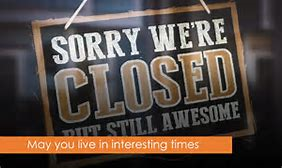I've considered that corona may be as bad as it is being reported. I've stayed home to work, my wife stayed home to work, my kids don't get to play with their friends. I've taken all the suggested precautions.I don't know, from here, it looks like you might have some sand in your eyes.
Now why won't you and many others look at the numbers and consider that corona may not be nearly as bad as is being reported?





